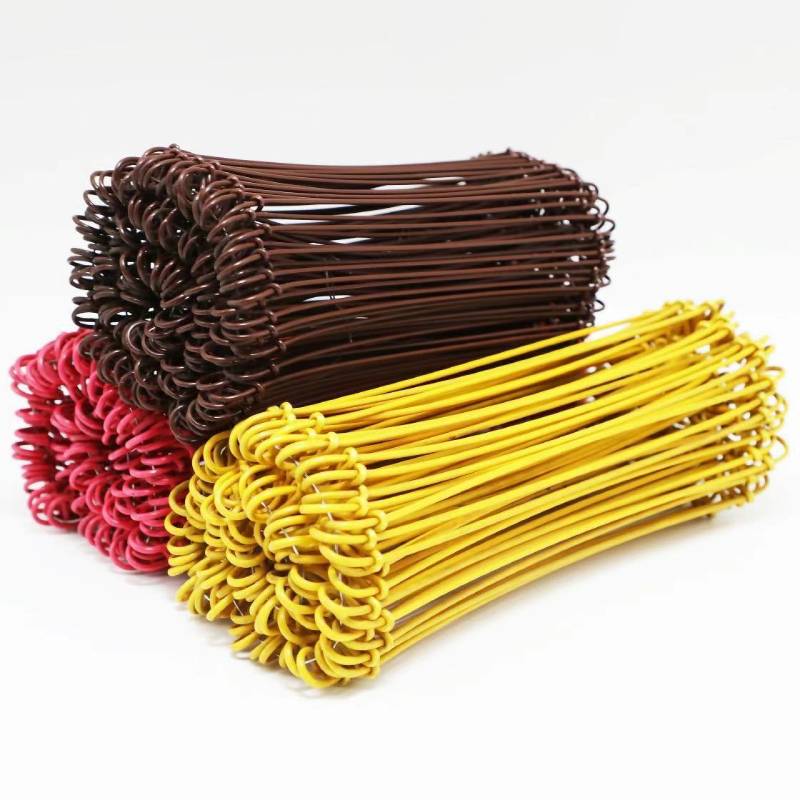
- Mobile Phone
- +8613931874955
- sales@cntcmetal.com
Choosing the Right Butterfly Wire Wall Ties for Your Construction Project
Understanding Butterfly Wire Wall Ties An Essential Component of Modern Construction
When it comes to construction and building design, every small component plays a crucial role in ensuring the structure's stability and longevity. One of these often-overlooked elements is the butterfly wire wall tie. These ties serve as vital connectors, bridging the gap between various masonry elements, and reinforcing the overall strength of the wall. This article will delve into the features, applications, and benefits of butterfly wire wall ties in modern construction.
What Are Butterfly Wire Wall Ties?
Butterfly wire wall ties are specialized metal connectors usually made from galvanized steel or stainless steel. The design resembles a butterfly, featuring two wings that extend outward and a central section that provides a secure anchoring point. The primary purpose of these ties is to connect two layers of masonry, such as bricks or blocks, creating a composite wall system. This dual-layer construction helps to enhance a wall's structural integrity, improving its resistance to lateral forces, moisture, and other potential damaging factors.
Importance in Construction
The significance of butterfly wire wall ties can be observed in various construction applications, particularly in the building of cavity walls, where two separate layers of masonry are used to create insulation and moisture barriers. These ties assist in transferring loads between the outer and inner leaf of the wall, ensuring that both layers work together cohesively. This design also allows for the incorporation of insulation materials for energy efficiency, while the cavity itself acts as a defense against water penetration.
Furthermore, the proper installation of butterfly wire wall ties is essential for meeting building codes and standards
. Many regions have specific regulations regarding the spacing and placement of wall ties to ensure structural integrity. The specific guidelines take into account factors such as wall height, exposure to wind loads, and local climate conditions, making it critical for builders to understand and implement these requirements.butterfly wire wall ties

Benefits of Butterfly Wire Wall Ties
1. Enhanced Structural Stability By mechanically fastening the two layers of masonry, butterfly wire wall ties ensure that the overall structure can withstand various stresses, thus preventing potential cracking or separation due to environmental forces.
2. Moisture Control A well-constructed cavity wall with the proper use of wall ties helps manage moisture effectively. The design minimizes the risk of water ingress, thereby protecting the inner walls from dampness, mold, and structural deterioration.
3. Energy Efficiency In modern construction, energy efficiency is paramount. The use of butterfly wire wall ties facilitates the installation of thermal insulation within a cavity wall, helping to reduce energy consumption and keep indoor environments comfortable.
4. Cost-Effectiveness Although they are small components, butterfly wire wall ties can significantly affect the longevity and durability of a building. By investing in quality wall ties, builders can reduce long-term maintenance costs and the potential for extensive repairs.
Conclusion
In summary, butterfly wire wall ties are an indispensable element of contemporary construction. Their unique design and multifunctional capabilities help to enhance the stability and efficiency of wall systems. As builders and architects continue to push the boundaries of design while adhering to strict safety standards, the role of these seemingly insignificant components will remain critical. Understanding their application and benefits is essential for anyone involved in the construction industry, ultimately leading to safer, more durable, and energy-efficient buildings.
share:
-
Wall Ties for Concrete: Invisible Guardians of Building Structural StabilityNewsAug.08,2025
-
Timber Frame Wall Ties: Stable Bonds for Load TransmissionNewsAug.08,2025
-
Stainless Steel Woven Wire Mesh: A versatile material from boundary protection to functional supportNewsAug.08,2025
-
Powder Coat Coil Springs: Creating peace of mind and reliability with sturdy protectionNewsAug.08,2025
-
Floor Standing Sign Holder: A Powerful Assistant for Flexible DisplayNewsAug.08,2025
-
Binding Iron Wire: An Invisible Bond for Building StabilityNewsAug.08,2025
-
Yard Sign Stakes: Reliable Guardians of Outdoor SignsNewsAug.04,2025



















